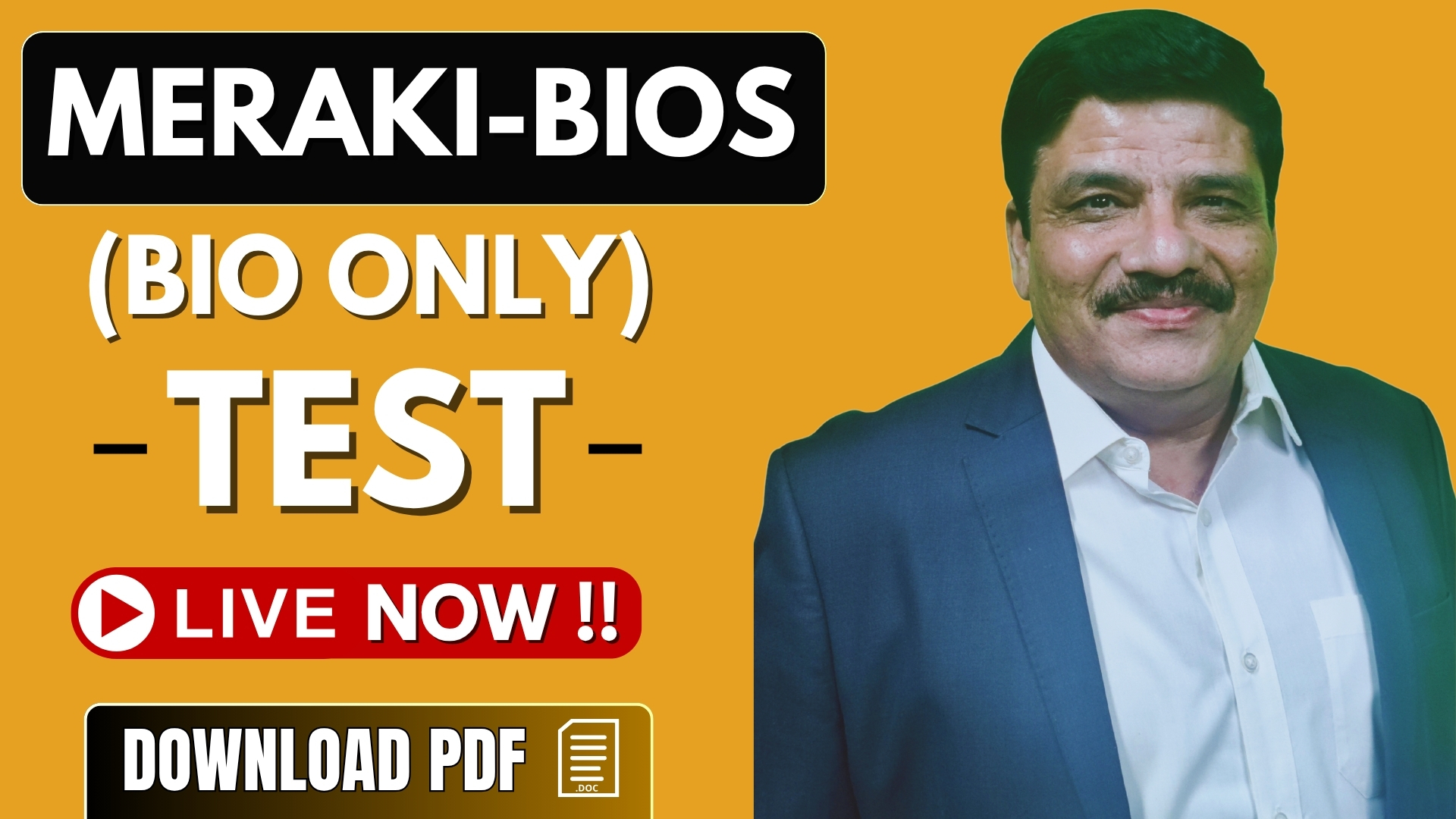In dicot leaves the ________ epidermis generally bears more stomata than the _________ epidermis.
1.
Abaxial, adaxial
2.
Adaxial, abaxial
3.
Axial, coaxial
4.
Coaxial, axial
| 1. | Abaxial, adaxial |
| 2. | Adaxial, abaxial |
| 3. | Axial, coaxial |
| 4. | Coaxial, axial |
The tissue between the upper and lower epidermis is called
| 1. | Chlorophyll | 2. | Mesophyll |
| 3. | Cambium | 4. | Endodermis |
Mesophyll in dicot leaves has two type of cell namely_________.
| 1. | Palisade parenchyma and spongy parenchyma |
| 2. | Pith and Protoxylem |
| 3. | Xylem and phloem |
| 4. | Epidermis and endodermis |
Vascular bundles are surrounded by a layer of thick walled ________.
1. Bundle sheath cells
2. Cuticle
3. Casparian strip
4. Waxy cell
In monocot leaf
| 1. | Stomata is present on both surface of epidermis |
| 2. | Mesophyll is not differentiated into palisade and spongy parenchyma |
| 3. | There is no parenchyma |
| 4. | Both 1 and 2 |
In grasses certain adaxial epidermal cells along the vein modify themselves into large, empty, colourless cells called ________.
| 1. | Bark |
| 2. | Bulliform cells |
| 3. | Bundle sheath cells |
| 4. | Spongy mesophyll cells |
Bulliform cells help in
| 1. | Heat resistance |
| 2. | Minimizing water loss |
| 3. | Maintaining ion balance |
| 4. | Mineral acquisition |
The similar size of vascular bundle in monocot leaf is due to
| 1. | Reticulate venation |
| 2. | Parallel venation |
| 3. | Branched venation |
| 4. | Radial venation |
The tissue involved in secondary growth are
(1) Vascular cambium
(2) Cork cambium
(3) Pith
(4) Both A and B
In dicot stem the cells of cambium present between primary xylem and primary phloem is the ___________.
(1) Intrafascicular cambium
(2) Interfascicular cambium
(3) Metafascicular cambium
(4) Radial cambium






